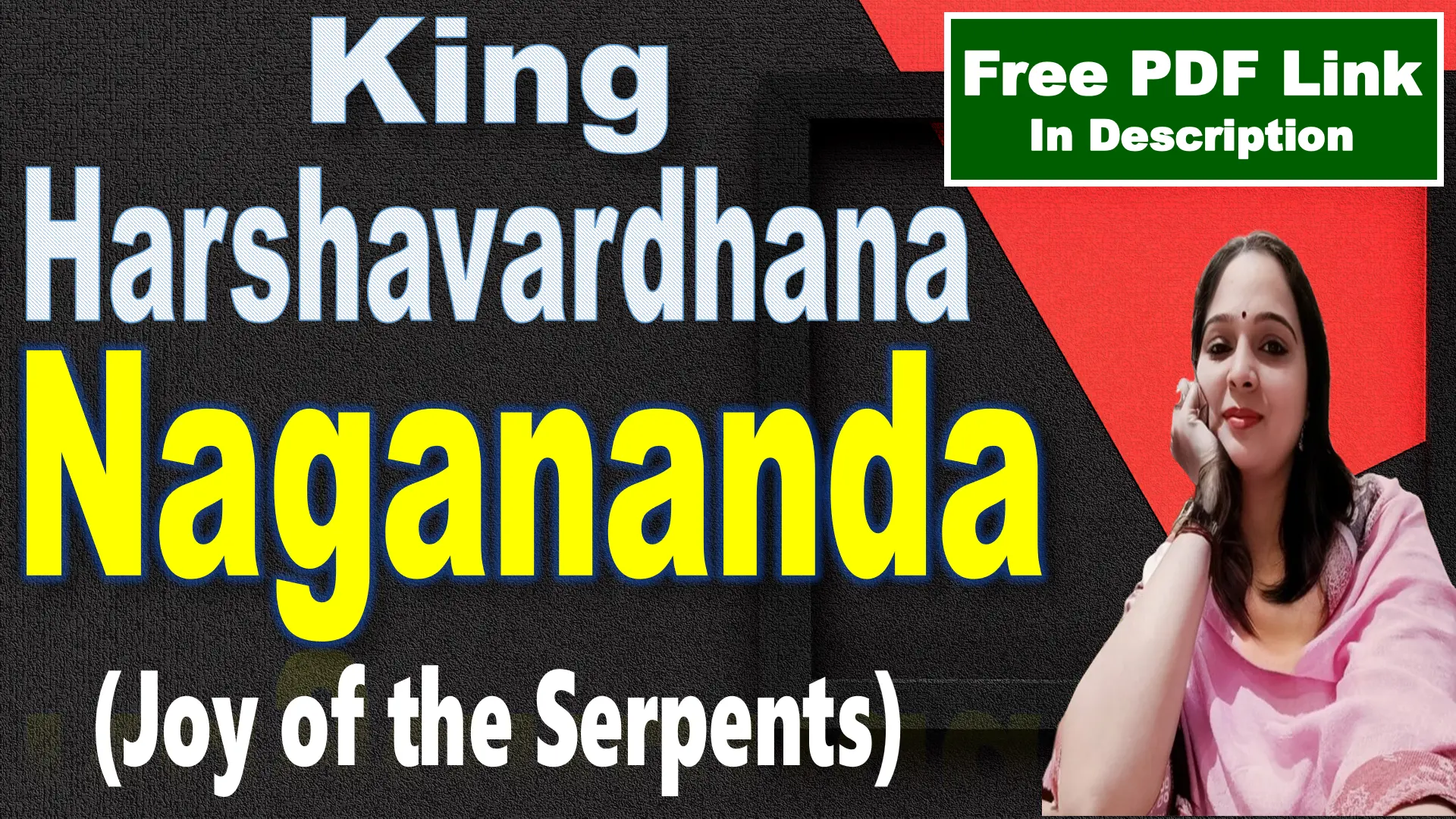
Girish Karnad
Full Name: Girish Raghunath Karnad
Date of Birth: May 19, 1938
Place of Birth: Matheran, Maharashtra, India
Date of Death: June 10, 2019
Place of Death: Bengaluru, Karnataka, India
Profession: Playwright, Poet, Actor, Director, Screenwriter
Early Life and Education
Girish Karnad was born in Matheran, Maharashtra, into a Konkani-speaking family. His father, Raghunath Karnad, was a doctor, and his mother, Krishnabai, was a homemaker. Karnad’s early years were spent in Sirsi, Karnataka, where he developed a deep interest in literature and theater.
He completed his Bachelor’s degree in Mathematics and Statistics from Karnatak University, Dharwad. Karnad later received the prestigious Rhodes Scholarship, which took him to the University of Oxford, where he earned a Master of Arts in Philosophy, Politics, and Economics (PPE).
Literary Career
Girish Karnad emerged as one of the most prominent playwrights in Indian literature. He primarily wrote in Kannada, but his works have been translated into English and many other Indian languages. Karnad’s plays are celebrated for their use of mythology, history, and folklore to address contemporary social and political issues.
First Play: Yayati (1961)
Based on a story from the Mahabharata, it explores themes of responsibility, power, and sacrifice.
Famous Plays:
Tughlaq (1964): A historical play about the controversial 14th-century Sultan Muhammad bin Tughlaq, exploring political idealism and failure.
Hayavadana (1971): A modern classic blending Indian folklore with German playwright Bertolt Brecht’s techniques.
Naga-Mandala (1988): A feminist play inspired by Kannada oral tales.
The Fire and the Rain (1994): Based on the Mahabharata, exploring human emotions like envy and ambition.
Flowers: A monologue centered on human devotion and moral dilemmas.
Career in Cinema
Girish Karnad was also a versatile actor, director, and screenwriter in Kannada, Hindi, and Marathi cinema. He played significant roles in Indian art-house cinema as well as commercial films.
As an Actor:
Featured in acclaimed films like Samskara (1970), Manthan (1976), Swami (1977), Nishant (1975), and Iqbal (2005).
Played notable roles in Bollywood films such as Ek Tha Tiger (2012) and Tiger Zinda Hai (2017).
As a Director:
Directed classics like Vamsha Vriksha (1971), Kaadu (1973), and Ondanondu Kaladalli (1978).
His films often explored complex human relationships and social issues.
Television:
Appeared in the iconic TV series Malgudi Days and hosted the science-based series Turning Point.
Themes in His Work
Karnad’s work is known for addressing issues such as:
Human relationships: Complex emotional and ethical dilemmas.
Mythology and folklore: Using ancient tales to discuss modern issues.
Social critique: Questioning caste, patriarchy, and power dynamics.
Identity and existentialism: Examining human nature and the struggles of identity.
Awards and Honors
Girish Karnad received numerous prestigious awards for his literary and cinematic contributions:
Jnanpith Award (1998): India’s highest literary honor.
Padma Shri (1974) and Padma Bhushan (1992): For his contribution to arts and literature.
Sangeet Natak Akademi Award (1972): For his excellence in theater.
National Film Awards for screenwriting and direction.
Kalidas Samman (1998): For his significant contribution to the arts.
Personal Life
Girish Karnad was married to Saraswathi Ganapathy, and the couple had two children, Radha and Raghu. He was known for his straightforward opinions on social and political matters, often engaging in activism and intellectual debates.
Legacy
Girish Karnad left behind a rich legacy as one of India’s greatest playwrights and thinkers. His ability to bridge traditional Indian storytelling with contemporary issues continues to inspire writers, theater enthusiasts, and filmmakers worldwide. His works remain timeless, offering profound insights into the human condition.
CHARACTERS
Rani
Role: Protagonist of the play.
Traits: Innocent, vulnerable, and loving. Rani begins as a naïve young girl deeply attached to her parents, thrown into an oppressive and lonely marriage with Appanna. Over time, her character evolves as she experiences love, betrayal, and self-discovery.
Symbolism: Rani symbolizes traditional Indian womanhood, grappling with societal expectations and personal desires. Her long hair, likened to a cobra, represents her beauty and strength, and eventually becomes a protective and sacred symbol.
Development: Through her relationship with Naga, Rani learns to embrace her identity and assert her truth, ultimately transforming into a figure of divinity and respect.
Appanna
Role: Rani’s husband and the antagonist in the play.
Traits: Cold, controlling, and neglectful. Appanna locks Rani in the house and treats her with contempt, reflecting patriarchal dominance. He maintains an affair with a concubine, further exemplifying his selfish nature.
Symbolism: Appanna represents the oppressive, indifferent patriarch in traditional societal setups, embodying toxic masculinity.
Development: By the end of the play, Appanna undergoes a transformation, recognizing Rani’s divinity and begging for her forgiveness, showing his eventual submission to truth and morality.
Naga
Role: The King Cobra and a mystical counterpart to Appanna.
Traits: Tender, loving, and self-sacrificial. Naga, in the guise of Appanna, fulfills the emotional void in Rani’s life. His love for Rani is pure and unselfish, contrasting sharply with Appanna’s behavior.
Symbolism: Naga represents fantasy, love, and devotion. His dual identity highlights the dichotomy between the physical and emotional aspects of relationships.
Development: Naga sacrifices himself for Rani’s happiness, showcasing his ultimate love and selflessness.
Kurudawa
Role: An old blind woman who helps Rani.
Traits: Wise, practical, and compassionate. Kurudawa, a family friend of Appanna’s mother, understands Rani’s plight and tries to help her win Appanna’s love using a magical root.
Symbolism: Kurudawa represents traditional wisdom and the belief in folk remedies. Her interventions bridge the mystical and real worlds.
Development: Her son Kappanna’s mysterious disappearance adds to the play’s magical realism and her sense of loss mirrors Rani’s isolation.
Kappanna
Role: Kurudawa’s son.
Traits: Dutiful and obedient but skeptical. Kappanna accompanies his mother and helps her in her endeavors, even though he questions her methods.
Symbolism: Kappanna represents the rational perspective in a world dominated by myth and superstition.
Development: His unexplained disappearance symbolizes the unpredictable nature of life and the mystical elements of the play.
The Story
Role: A personified tale that narrates Rani’s journey.
Traits: Lively, eager, and emotional. The Story represents the necessity of being heard and shared to survive, mirroring how storytelling keeps traditions alive.
Symbolism: The Story symbolizes oral tradition, culture, and the collective unconscious, where myths and legends are born and preserved.
Development: The Story becomes an integral part of the Man’s survival and Rani’s tale, emphasizing the power and immortality of stories.
The Man
Role: A playwright cursed to stay awake to survive.
Traits: Anxious, reflective, and philosophical. The Man serves as a framing device for the play, highlighting the importance of storytelling and the interplay between audience and narrative.
Symbolism: The Man symbolizes the artist’s struggles, the burden of creation, and the responsibility of giving life to stories.
Development: His survival depends on listening and sharing the Story, emphasizing the cyclical nature of art and storytelling.
The Flames
Role: Floating flames that gossip and witness the Story unfold.
Traits: Playful, curious, and judgmental. The Flames add an ethereal and magical quality to the prologue and the play as a whole.
Symbolism: They symbolize collective consciousness, communal observation, and the impermanence of life, flickering between light and dark, truth and illusion.






Very nice explanation for Nagamandala.
Thank You SO Much Dear.